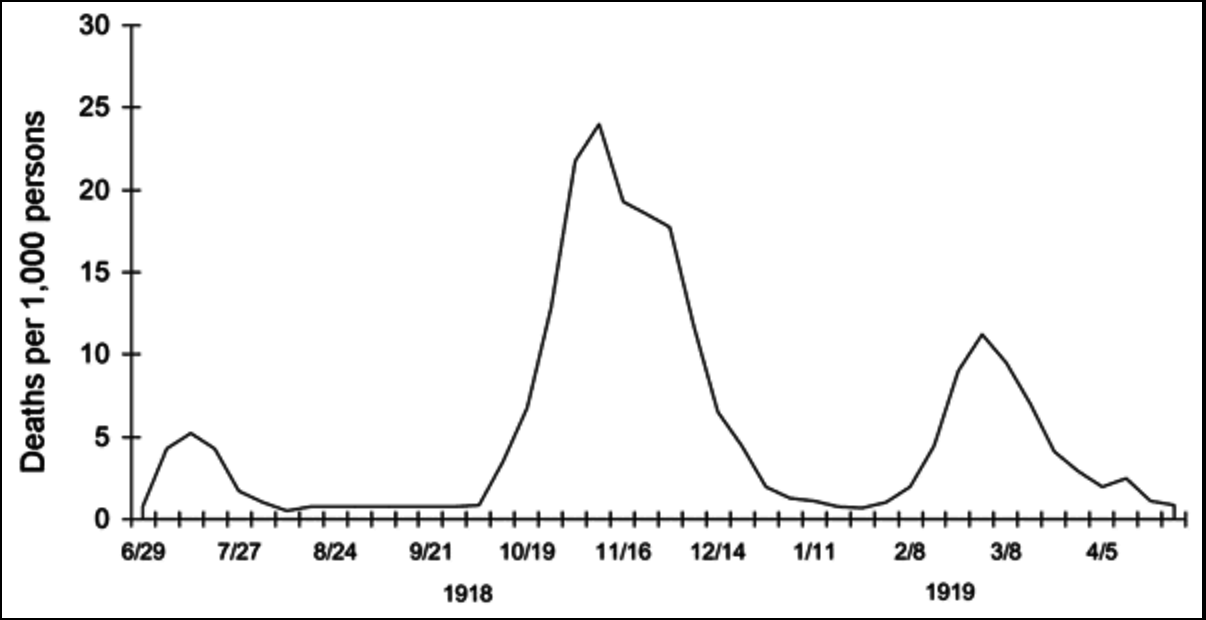1. Five hundred million people — or a third of the entire world's population at the time — were infected and fell ill.

2. Even the then-president of the United States, Woodrow Wilson, caught it — and so did future president Franklin Delano Roosevelt.
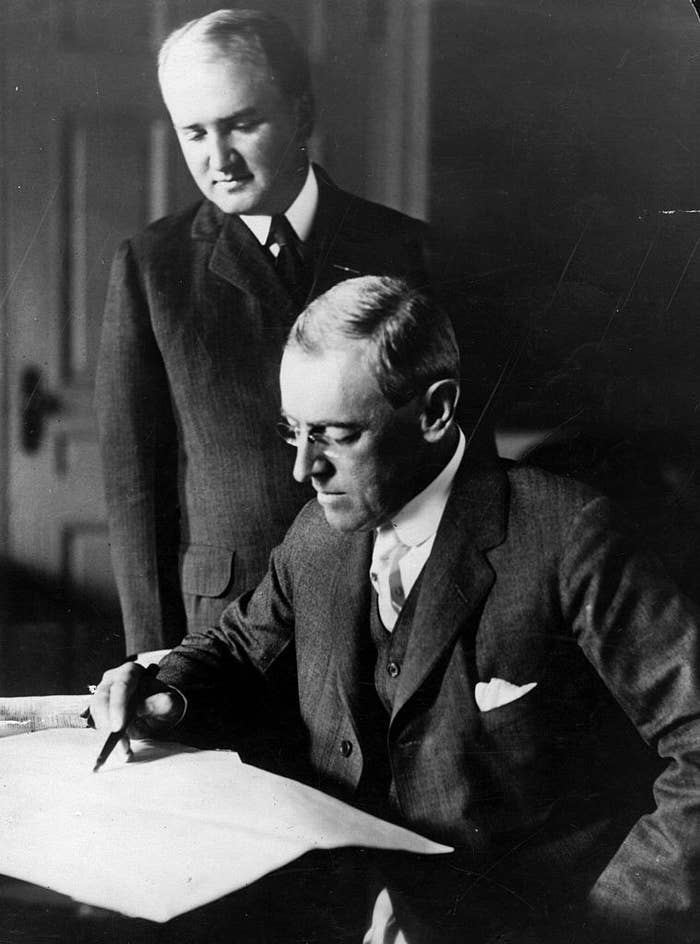
3. All told, the total number of people who died of the flu is between 50 million and 100 million.
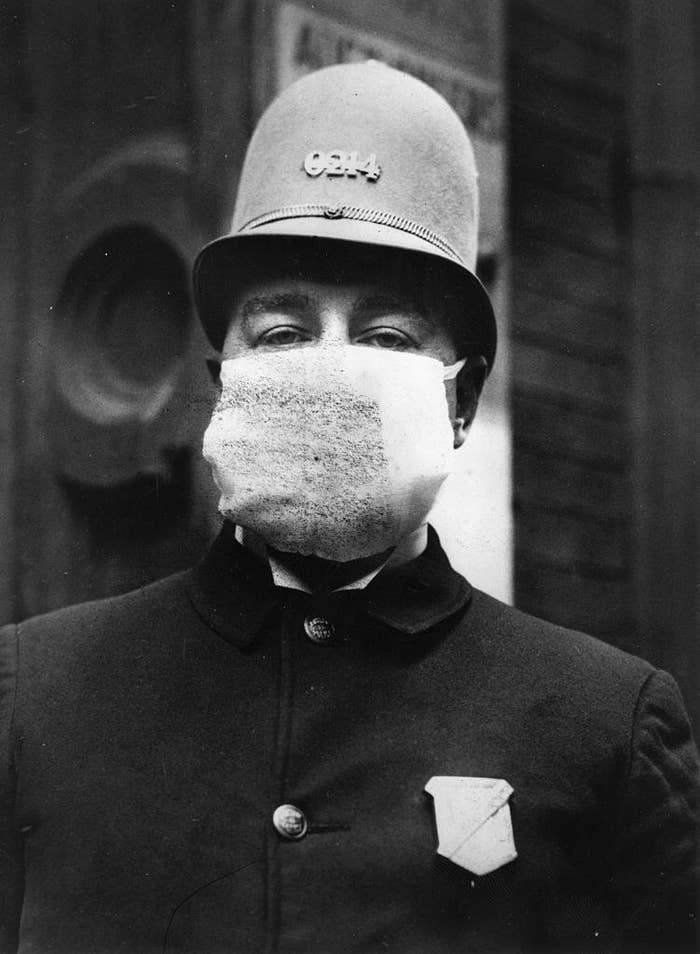
4. Nearly 70% of those deaths — something like 35 million to 70 million people! — happened over just 10 weeks in the fall of 1918.

5. In just the United States, around 675,000 people died from the flu in one year — about the same number who have died of AIDS in the US in almost 40 years.
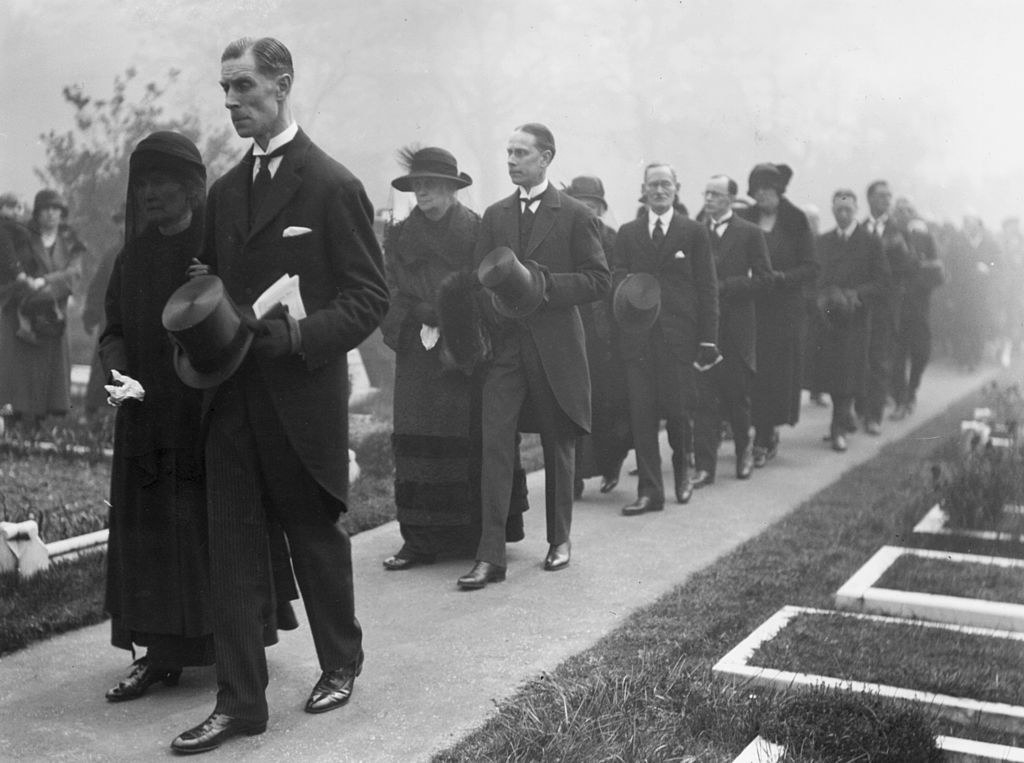
6. Famous people who died of the virus include former first lady Rose Cleveland, major league baseball player Larry Chappell, and silent film star Myrtle Gonzalez.
7. The pandemic came to be known as the "Spanish flu," but it didn't actually start in Spain at all.
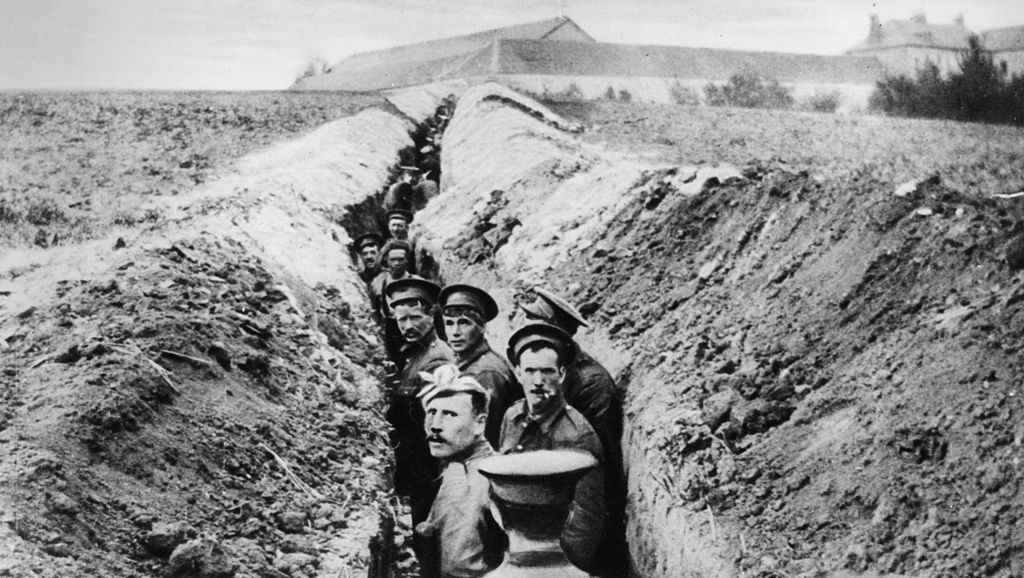
8. In fact, no one actually knows where the virus started.

9. The refusal of the US government to tell the truth about the virus is a big part of why it spread so dramatically.

10. Nearly 13,000 people died in Philadelphia alone, largely because of the government's secrecy in an effort to keep up morale.
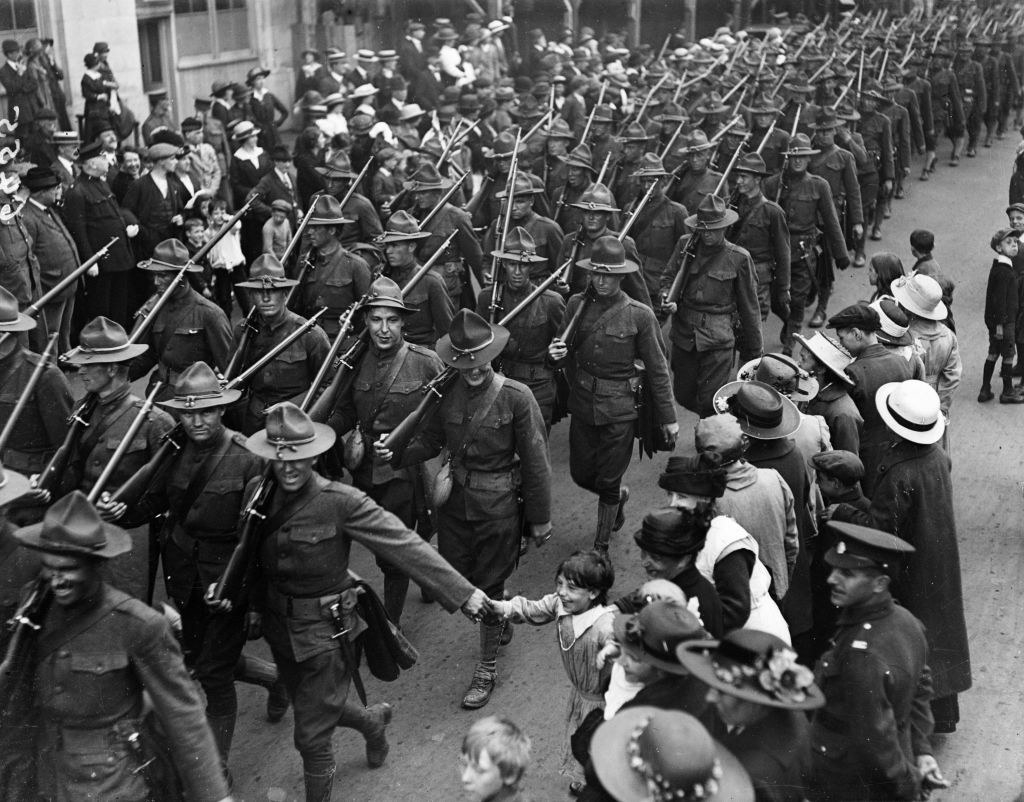
11. This virus killed not just the very young and old but also healthy teenagers and young adults — and many died just hours or days after first experiencing symptoms.
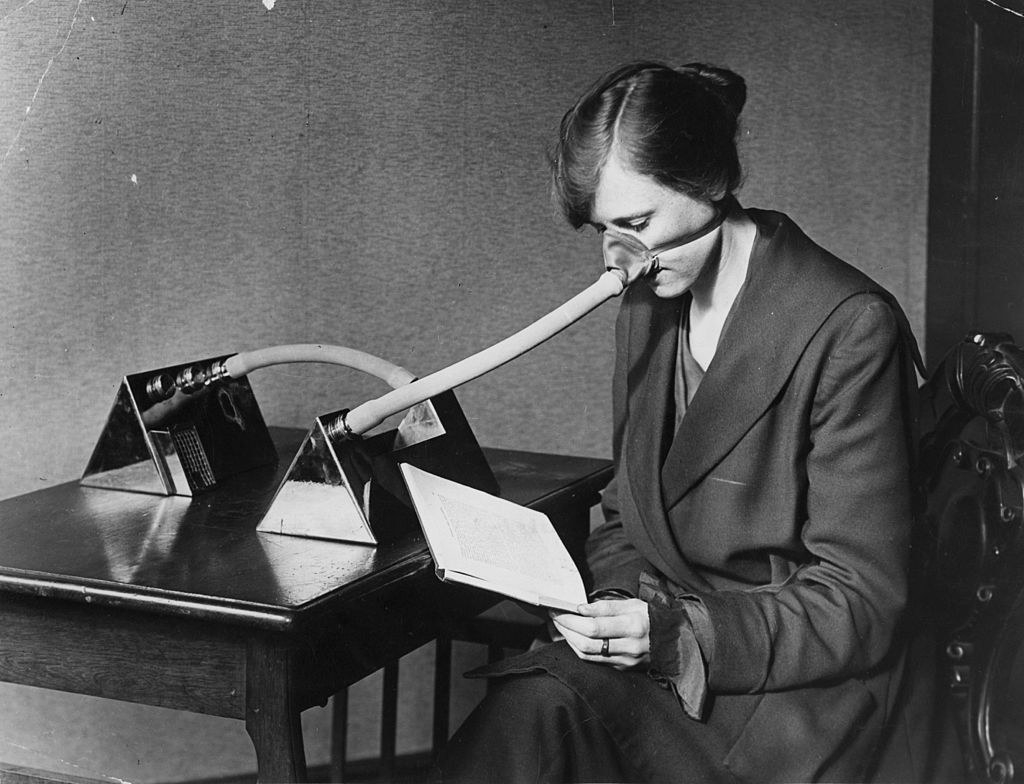
12. The 1918 flu was an H1N1 virus, like the swine flu of 2009.
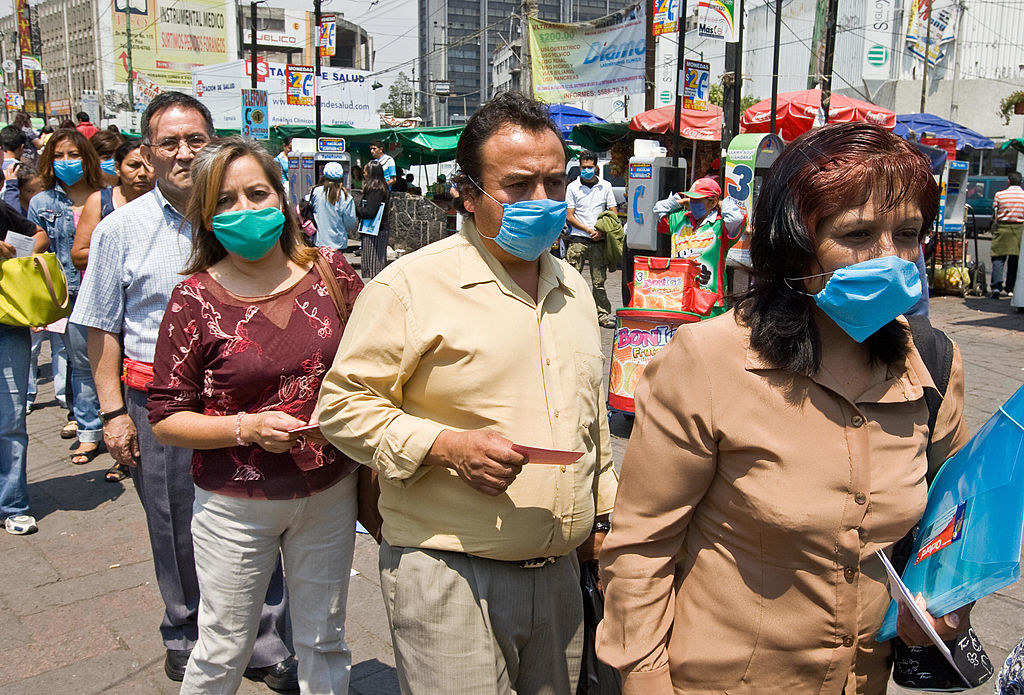
13. The American health system was severely overburdened, especially with so many nurses overseas because of the war.
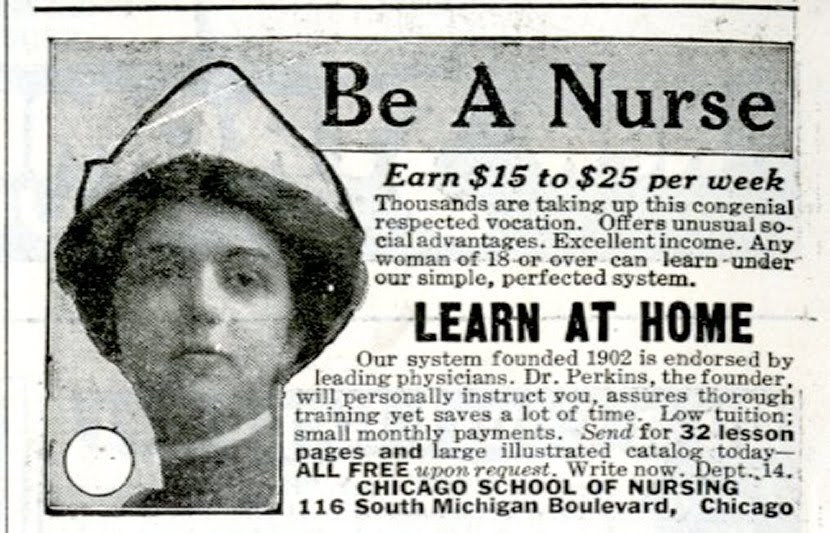
14. People who got the flu experienced severe fatigue, fever, and headaches. Many also suffered from a cough so severe they would turn blue, tear abdominal muscles from coughing, and bleed from the mouth, nose, and sometimes ears.
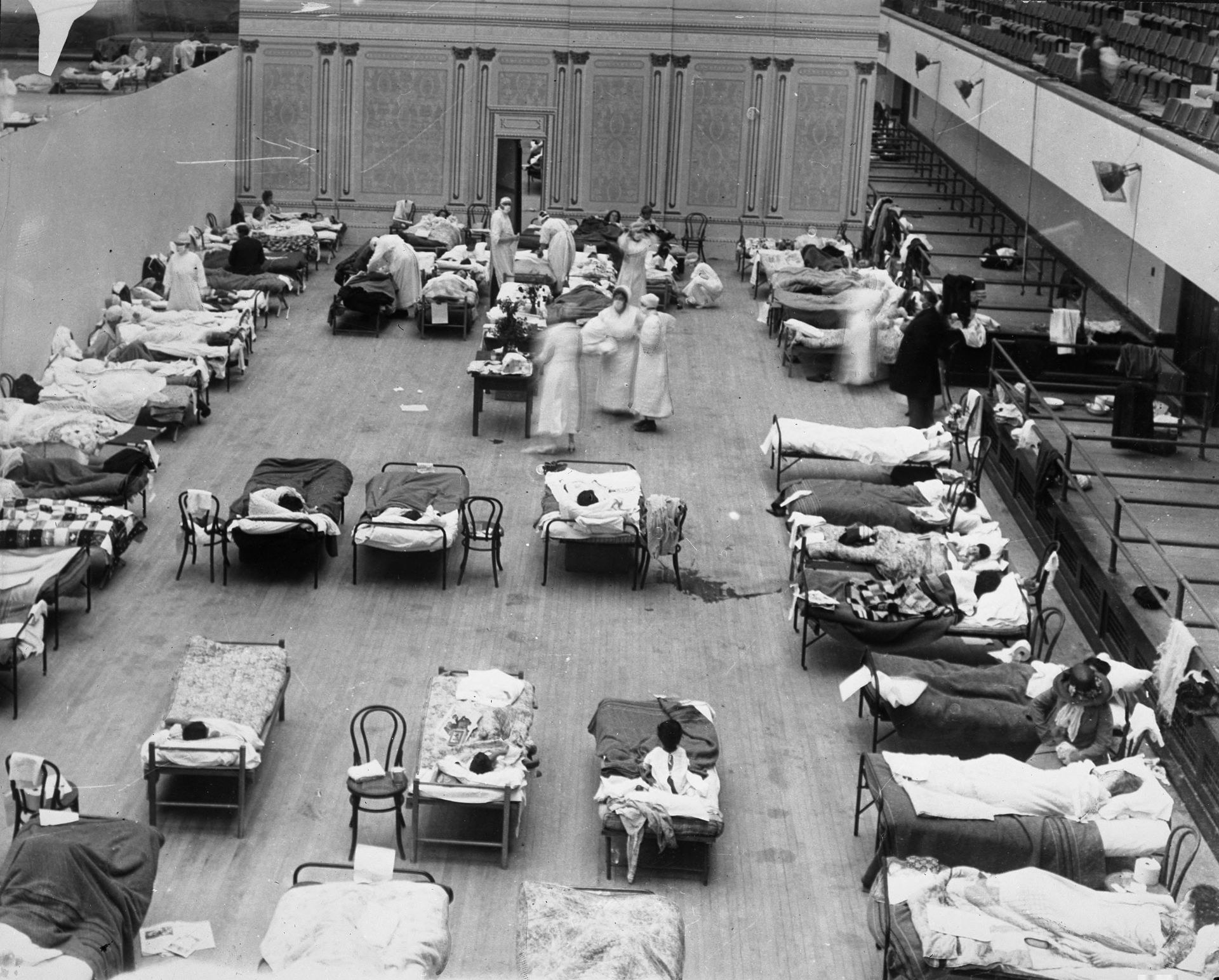
15. There were three waves of the flu in 1918–19: first in the spring, the second in the fall, and the third in winter.
